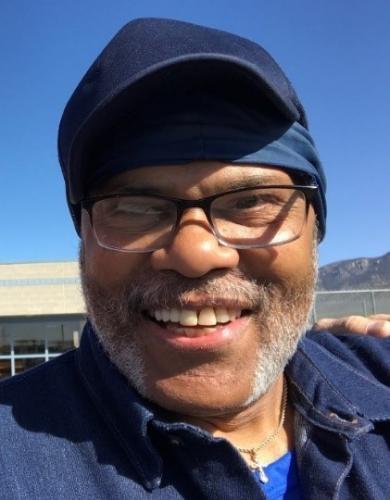06 June 2020 :
The Nevada Supreme Court affirmed the August 21, 2019 decision of a Las Vegas trial court that had dismissed all charges against former death-row prisoner Paul Browning, formally completing his exoneration.
Browning becomes the 168th person exonerated from death row, and the first in 2020.
Browning’s case involves all of the leading causes of wrongful convictions: official misconduct, perjury or false accusation, false forensic evidence, eyewitness misidentification, and inadequate representation. The U.S. Court of Appeals for the Ninth Circuit called his trial “a mixture of disturbing prosecutorial misconduct and woefully inadequate assistance of counsel.”
He spent 33 years in prison before Clark County District Judge Douglas Herndon, who had ordered the charges against Browning dropped in March 2019, directed corrections officials to release him on August 21, 2019 pending the outcome of the state’s appeal to the Nevada Supreme Court.
In January, the state supreme court, in a two-page order, affirmed Herndon’s ruling, finalizing Browning’s exoneration. Browning was convicted and sentenced to death in 1986 for the robbery and murder of Las Vegas jeweler, Hugo Elsen. His trial attorney had been practicing criminal defense for less than a year and failed to interview the police who responded to the scene, examine the evidence against Browning, or investigate the crime. Browning’s appellate attorneys uncovered numerous problems with the evidence in the case and argued that even a minimally competent attorney would have revealed flaws in the prosecution’s evidence.
In his post-conviction appeal, Browning showed that police and prosecutors had withheld evidence of a bloody footprint found at the scene that did not match Browning’s shoes or foot size, misrepresented blood evidence in the case, manipulated eyewitness testimony, failed to disclose benefits offered to a key witness who may have committed the murder and framed Browning, and that the stab wounds suffered by Elsen did not “coherently coincide” with the knife prosecutors claimed Browning had used to commit the killing.
Prosecutors had told the jury that Elsen’s blood had been found on a tan jacket owned by Browning.
However, Elsen — who was able to describe his assailant before he died — told police the killer had worn a blue jacket and later DNA testing showed that of the blood on Browning’s jacket was not Elsen’s.
Elsen also said his assailant had shoulder-length Jheri curls, which was completely inconsistent with Browning’s Afro-styled hair.
Elsen’s wife failed to identify Browning in a lineup, but later testified at trial that he was the killer. A white witness who worked near the crime scene told police she had seen a man run by after the murder and thought it could have been Browning, but when police asked if she could be “more sure” about whom she had seen, she said, “No, I wouldn’t think so. No … They all look the same, and that’s just what I think when I see a black person, that they all look the same.” At trial, though, she unhesitatingly testified that Browning was the man she had seen.









